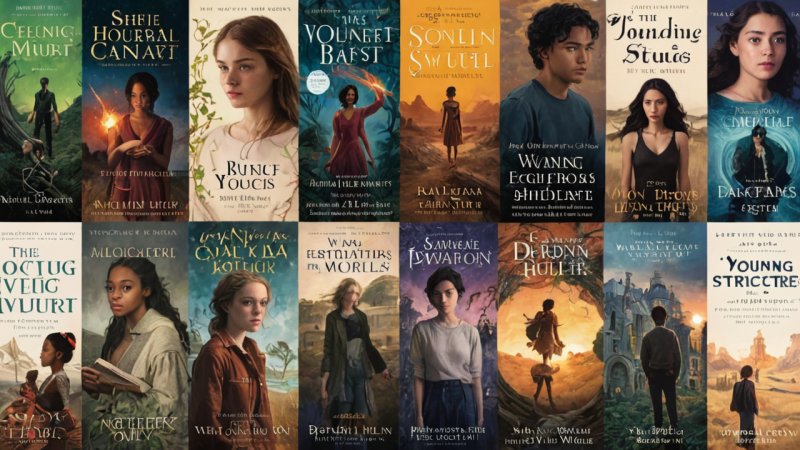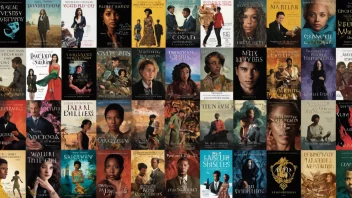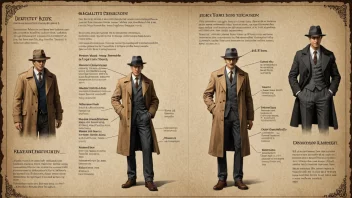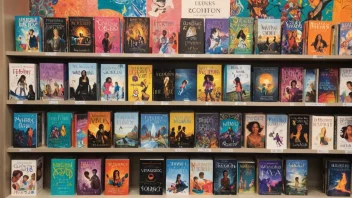What is a unique narrative structure in literature?
A unique narrative structure refers to the unconventional ways in which a story is told. This can include non-linear timelines, multiple perspectives, epistolary formats, or even experimental forms that challenge traditional storytelling conventions.
Why are unique narrative structures popular in young adult novels?
Unique narrative structures are popular in young adult novels because they engage readers in innovative ways. They can enhance emotional depth, create suspense, and allow for a more immersive experience. Young adult readers often appreciate fresh approaches to storytelling that reflect their complex experiences and perspectives.
Can you provide examples of young adult novels with unique narrative structures?
Absolutely! Here are some notable examples:
- "We Were Liars" by E. Lockhart - This novel features a non-linear narrative and unreliable narration, creating a suspenseful mystery.
- "The Hate U Give" by Angie Thomas - Told from a first-person perspective, it combines social issues with a personal journey, allowing readers to deeply connect with the protagonist.
- "Illuminae" by Amie Kaufman and Jay Kristoff - This sci-fi novel utilizes an epistolary format, telling the story through emails, documents, and transcripts, making it visually engaging.
- "The Ocean at the End of the Lane" by Neil Gaiman - Gaiman's novel uses a reflective narrative that intertwines childhood memories with adult perspectives, creating a dreamlike quality.
How do unique narrative structures affect reader engagement?
Unique narrative structures can significantly enhance reader engagement. They encourage readers to think critically about the story’s progression and meaning. By presenting the story in unconventional formats, authors can create suspense and maintain interest, prompting readers to piece together information and interpretations.
Are there risks associated with using unique narrative structures?
Yes, there are potential risks. Some readers may find unconventional structures confusing or disorienting, which could detract from their overall enjoyment. Additionally, if not executed well, these structures can feel gimmicky or distract from the character development and plot.
How can readers approach young adult novels with unique narrative structures?
Readers should approach these novels with an open mind and a willingness to adapt. Here are some tips:
- Take your time: Don’t rush through the narrative; allow yourself to absorb the style.
- Pay attention to the details: Note how the structure influences the story’s themes and character development.
- Discuss with others: Engaging in discussions can provide new insights and perspectives on the narrative.
What themes are often explored through unique narrative structures?
Unique narrative structures often explore themes such as identity, memory, trauma, and the complexity of human relationships. They allow authors to delve deeper into the psychological and emotional experiences of characters, making these themes resonate more strongly with readers.
Can unique narrative structures be found in other genres besides young adult?
Absolutely! While this article focuses on young adult novels, unique narrative structures can be found across various genres, including literary fiction, science fiction, and even non-fiction. Many authors experiment with form to enhance their storytelling, reflecting the diversity of human experience.
How can writers implement unique narrative structures in their own work?
Writers interested in experimenting with narrative structure can start by:
- Reading widely: Explore different genres and styles to understand various approaches.
- Outlining their story: Consider how altering the timeline, perspective, or format could enhance their narrative.
- Experimenting: Don’t be afraid to take risks with their writing; sometimes the best ideas come from bold choices.
In conclusion, young adult novels featuring unique narrative structures offer exciting and innovative ways to engage with stories. By exploring various forms and styles, both readers and writers can uncover deeper meanings and connections within literature. Embracing these unconventional narratives can foster a greater appreciation for the art of storytelling.






